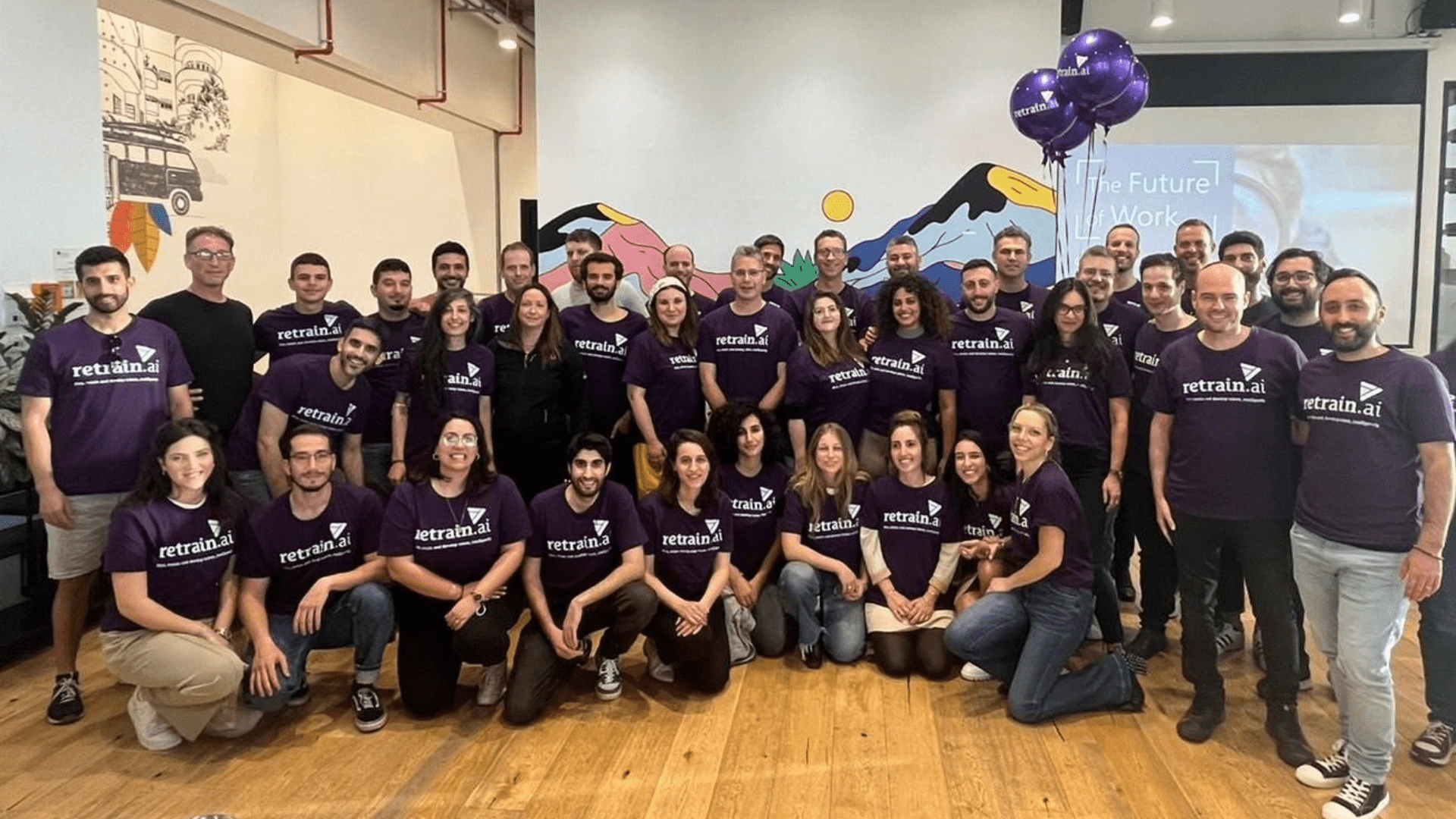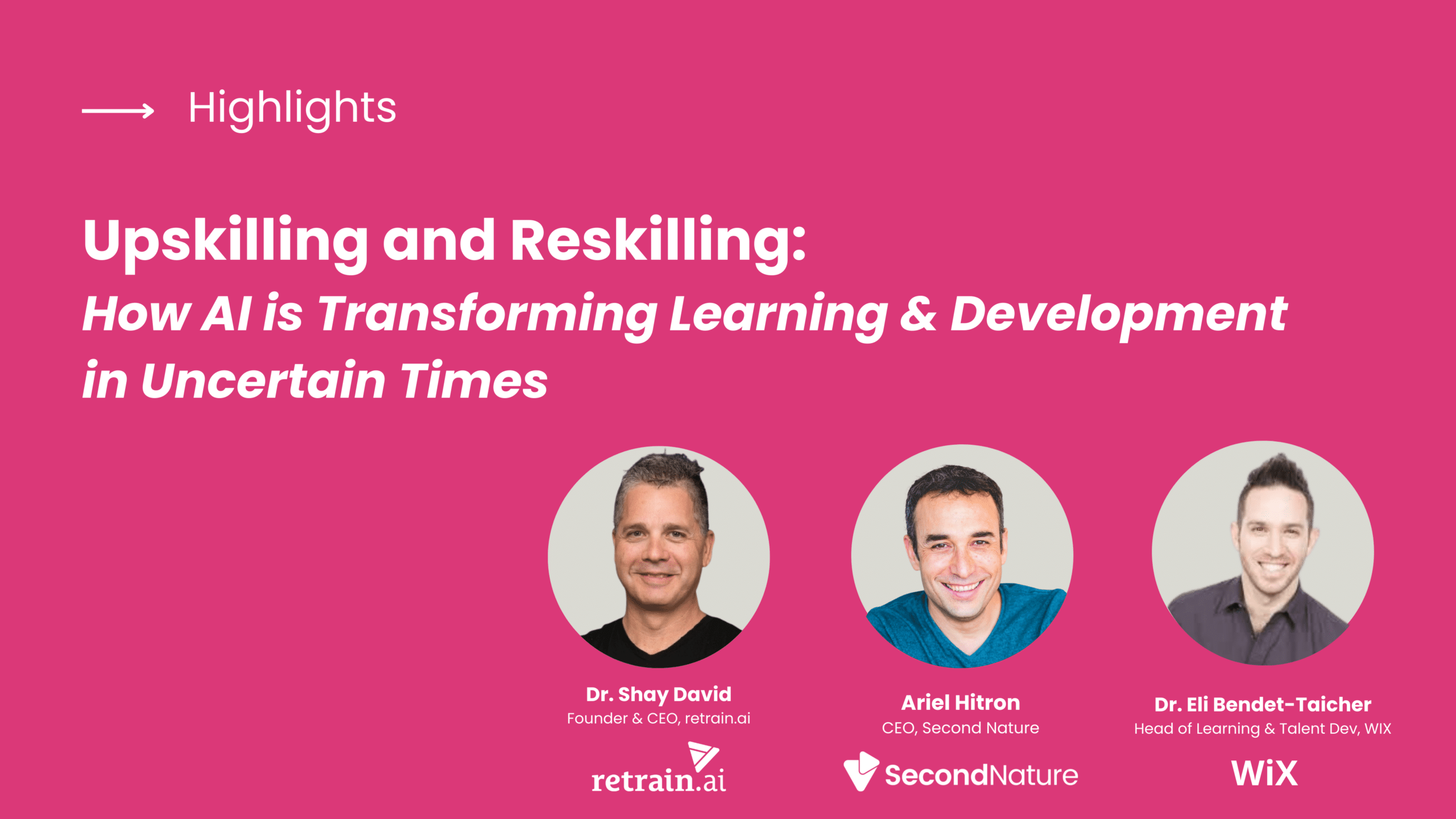Responsible AI-Driven Talent Intelligence Platform listed among Emerge Education’s Top 50 emerging companies
NYC / September 2022 – Highlighting contributions to the Career Navigation Infrastructure and Skills Assessment space, Emerge Education has named retrain.ai to its list of Top 50 Emerging Companies for 2022.
Specifically, retrain.ai was recognized for innovation in the Career Navigation Infrastructure and Skills Assessment space. retrain.ai’s Responsible AI-powered Talent Intelligence Platform automates talent acquisition and talent management processes using a skills-based approach to screening and talent-matching backed by the largest global skills framework in the market.
“Particularly when it comes to digital transformation and the in-demand skills that come with that shift, looking beyond titles and degrees to find the in-demand capabilities of a candidate is critical for HR leaders looking to bring in the right talent for open roles,” says retrain.ai Co-founder and CEO Dr. Shay David. “At retrain.ai we’re building technology to source and screen best-fit candidates at scale, backed by billions of labor-related data points from the most robust and granular skills taxonomy in the market. We empower organizations to hone in on best-fit candidates quickly, doubling their speed to hire.”
“In the United States alone, companies spend $180 billion annually on corporate training. But only about 12 percent of the skills learned through training initiatives are used on the job,” adds retrain.ai Co-founder and COO Isabelle Bichler-Eliasaf. “We’re connecting the skills requirements in today’s market with the skills employees need for their current role in addition to upskilling opportunities needed to better equip them for future growth.”
Emerge’s Top 50 list for 2022 showcases innovative companies who help organizations support existing employees move “from A to B” by leveraging assessment as a starting point, along with training and mentoring. The list is based on public and private data and is crowdsourced and voted on by the firm’s Workforce Development Board.
retrain.ai’s place on the Top 50 list adds to a streak of industry recognition for the company. In the last year, retrain.ai has been named the Most Promising HR Tech Solution Provider by CIOReview, a Most Admired Company to Watch in 2022 by Business Talk Magazine, and Best AI-Enhanced Workforce Transformation Solutions Provider North America by Corporate Vision. In addition, retrain.ai Co-founder and COO Isabelle Bichler-Eliasaf was chosen as a finalist by Women of AI North America, recognized for her industry-advancing work around Responsible AI.
Enterprise and HR leaders heading to HR Tech in Las Vegas are invited to book 1:1 time at retrain.ai Booth #511 to meet the company founders and try out a show-only interactive skills analyzer.
About retrain.ai
retrain.ai is a talent intelligence platform designed to help enterprises hire, retain, and develop their workforce, intelligently. Leveraging responsible AI and real-time labor market data, enterprises using retrain.ai’s platform unlock talent insights and optimize their workforce effectively in order to lower attrition, win the war for talent and the great resignation in one, data-driven solution. To learn more, visit www.retrain.ai
Press Contact:
Karen Sackowitz
E: karen.sackowitz@retrain.ai
P: +1 978.697.3845


